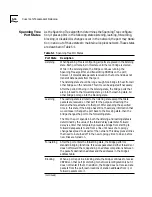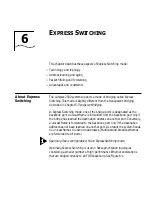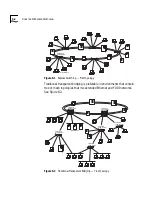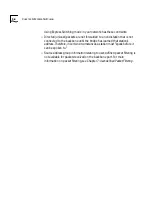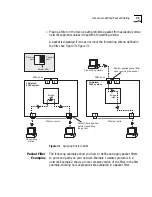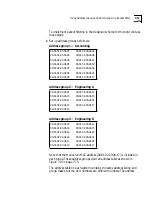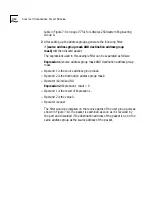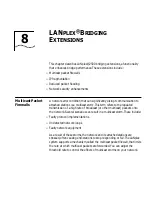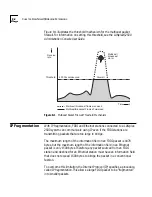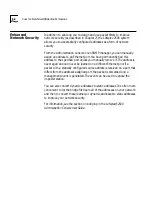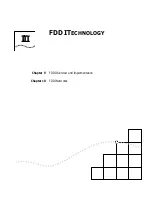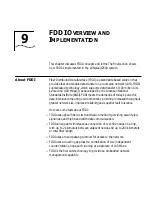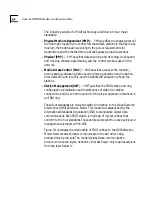
7-8
C
HAPTER
7: U
SER
-
DEFINED
P
ACKET
F
ILTERING
Using Address
Groups and Port
Groups in a
Packet Filter
The section “About User-defined Packet Filtering” described how you can
use packet filters to restrict the flow of packets based solely on the contents
of the packet. The LANplex system also allows you to set up groups of
addresses or ports and then combine these group definitions with the
packet filter definitions to control which stations can communicate with
each other. For instance, you can define a group of:
■
Stations that can communicate only with other stations in that group
■
Stations that have access only to a specific network resource
■
Stations that have access only to a group of network segments
■
Network segments whose attached stations can communicate only with
each other
What Is an Address
Group?
An address group is a list of MAC addresses. You can configure up to 32
address groups per LANplex 2500 system. You can associate the same
address group with multiple systems.
When an address is added to a group, the address is inserted into the
address table on each system that is associated with that group. Each
address table entry has a 32-bit
group mask
associated with it. Each bit in
the mask specifies
one
of the 32 groups. For example, bit 1 could specify
group 1, and bit 2 could specify group 2. When an address is added to a
group, the corresponding bit in the mask is set. See Figure 7-6.
Summary of Contents for LANPLEX 2500
Page 1: ...LANPLEX 2500 OPERATION GUIDE Part No 801 00344 000 Published November 1996 Revision 03...
Page 14: ......
Page 18: ...1 4 CHAPTER 1 LANPLEX MANAGEMENT AND ADMINISTRATION OVERVIEW...
Page 78: ...III Chapter 9 FDDI Overview and Implementation Chapter 10 FDDI Networks FDDI TECHNOLOGY...
Page 97: ...IV Chapter 11 ATM Networks ATM TECHNOLOGY...
Page 116: ...V Appendix A SNMP MIB Support Appendix B Technical Support APPENDIXES...

